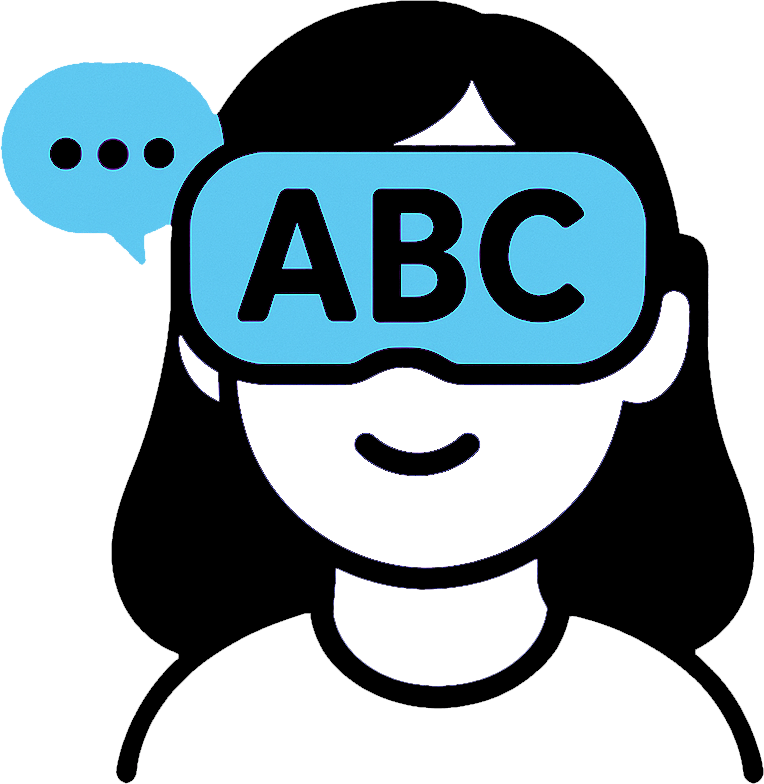GROUP VIEWS
In this part, we will focus on the limitations of applying Virtual Reality (VR) to building oral proficiency in adult ESL students, and suggest potential improvements. While previous sections have outlined its advantages, here we emphasize the challenges that must be addressed for VR to fulfill its educational potential.
1. CHALLENGE IN VR APPLICATION
VR undoubtedly creates an immersive and low-risk environment for learners to practice speaking (Chen & Hwang, 2022; Enkin, 2022). However, several limitations hinder its practical implementation.
1.1 The high cost of VR equipment

As Kaimara et al. (2022) note, not all schools or learners can afford the necessary hardware, especially in underfunded adult education programs. Moreover, technical issues such as software bugs or unstable internet connections, as discussed by Xi et al. (2023), can disrupt the learning experience and frustrate users.
1.2 The gap between simulated and real-life communication
Although VR can mimic realistic scenarios, it often fails to capture the unpredictability, emotional nuance, and cultural specificity of genuine human interaction(Zou et al., 2024). This can make it difficult for learners to transfer their VR-acquired skills to real-world conversations. Additionally, the risk of VR sickness, such as dizziness or nausea(Geršak et al., 2020), can be a barrier for some users, especially during longer sessions.

1.3 The risk of over-reliance on VR

Some learners may treat VR as a complete substitute for other language learning methods, which could limit their exposure to diverse input and real social interactions. Without guidance, users might fall into passive use, engaging only superficially with the language(Laksana et al., 2024).
2. PRATICAL METHODS FOR HIGH - EFFECIENT USE
2.1 Educational institutions
Adopt a blended learning model that integrates VR with traditional instruction(Duong & Suppasetseree, 2024), allowing learners to reinforce skills in both controlled and spontaneous settings.

2.2 Teachers

Encourage students to set up consistent learning routines, take regular breaks to reduce fatigue, and combine VR with other activities like reading, writing, or speaking with real partners.
2.3 Users-friendly VR platforms
Make the technology more accessible(Chang et al., 2020). Instructional designers should also strive to include culturally diverse and emotionally rich content in simulations, to better mirror real-world interaction and make learning more meaningful.

In conclusion, while VR holds promise as a supplementary tool for improving oral English proficiency, its effectiveness depends on addressing the technological, financial, and pedagogical limitations that currently limit its widespread use. With thoughtful integration and ongoing improvement, VR can become an empowering element in adult ESL education rather than a standalone solution.
